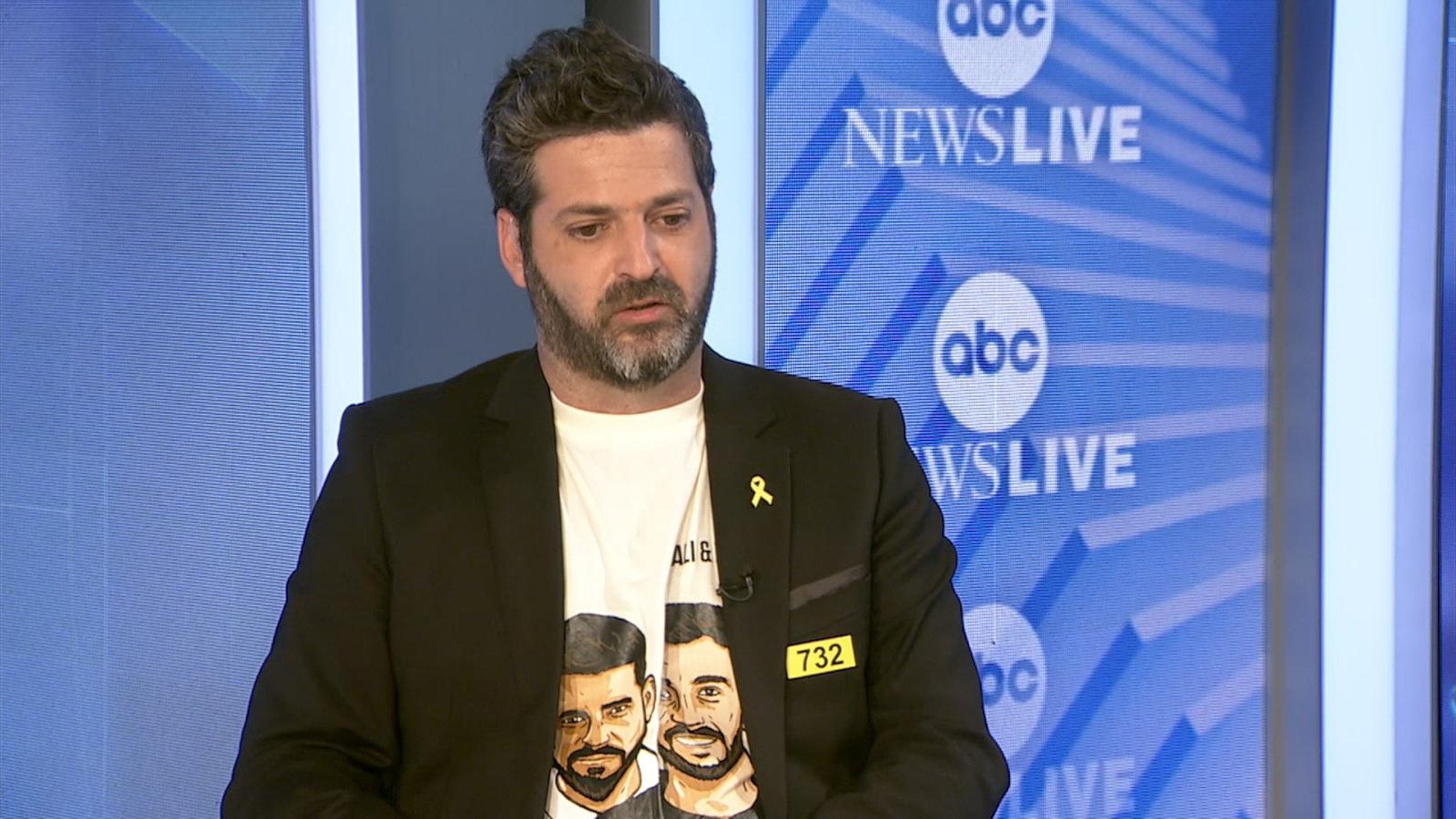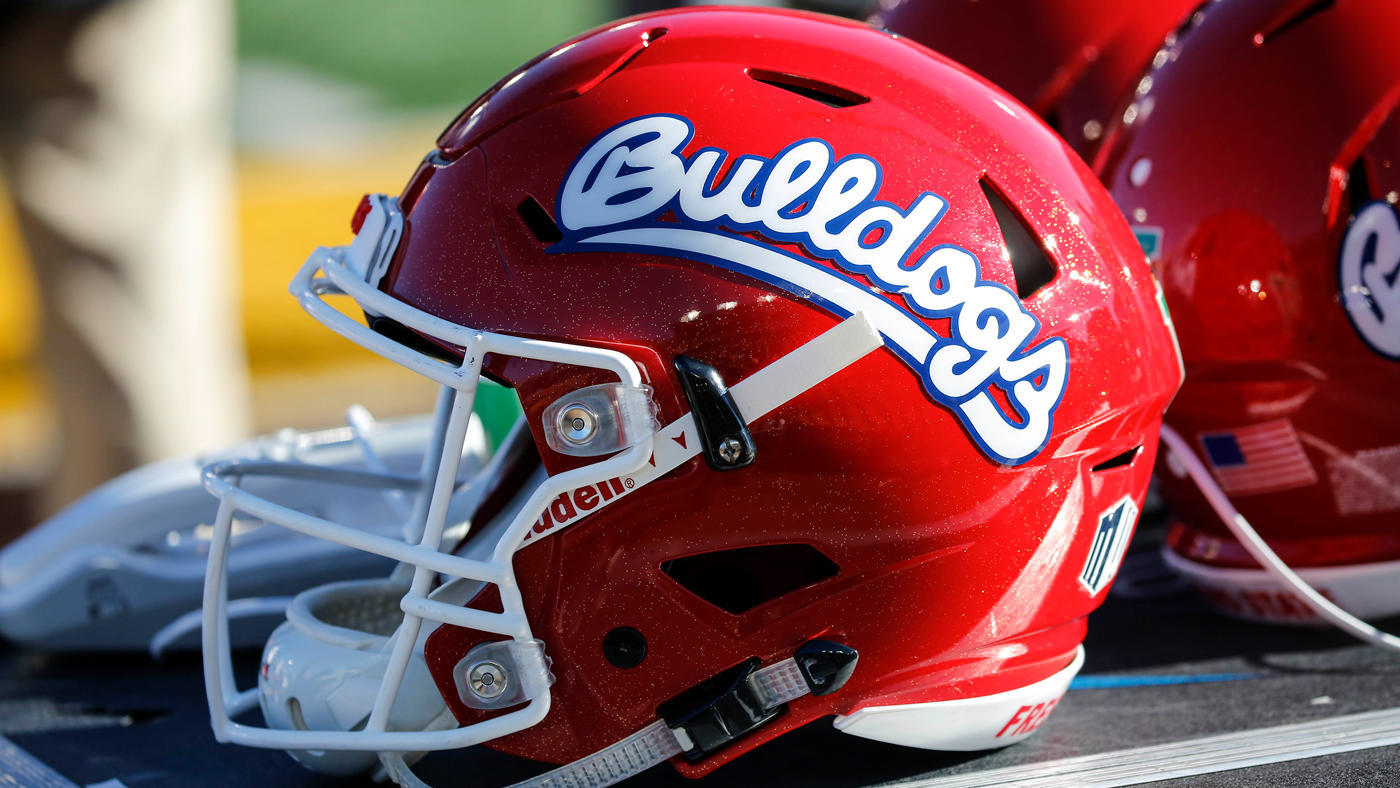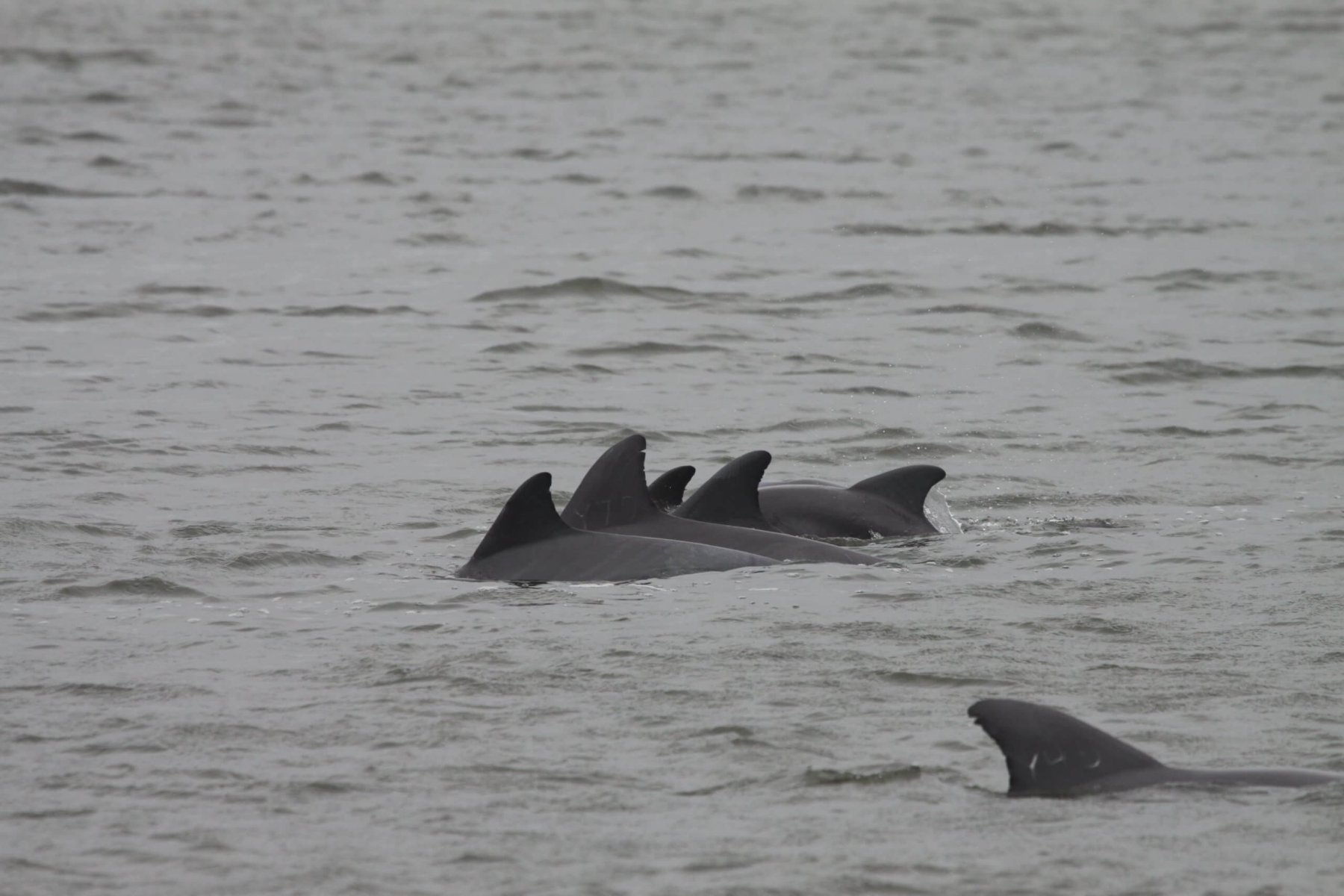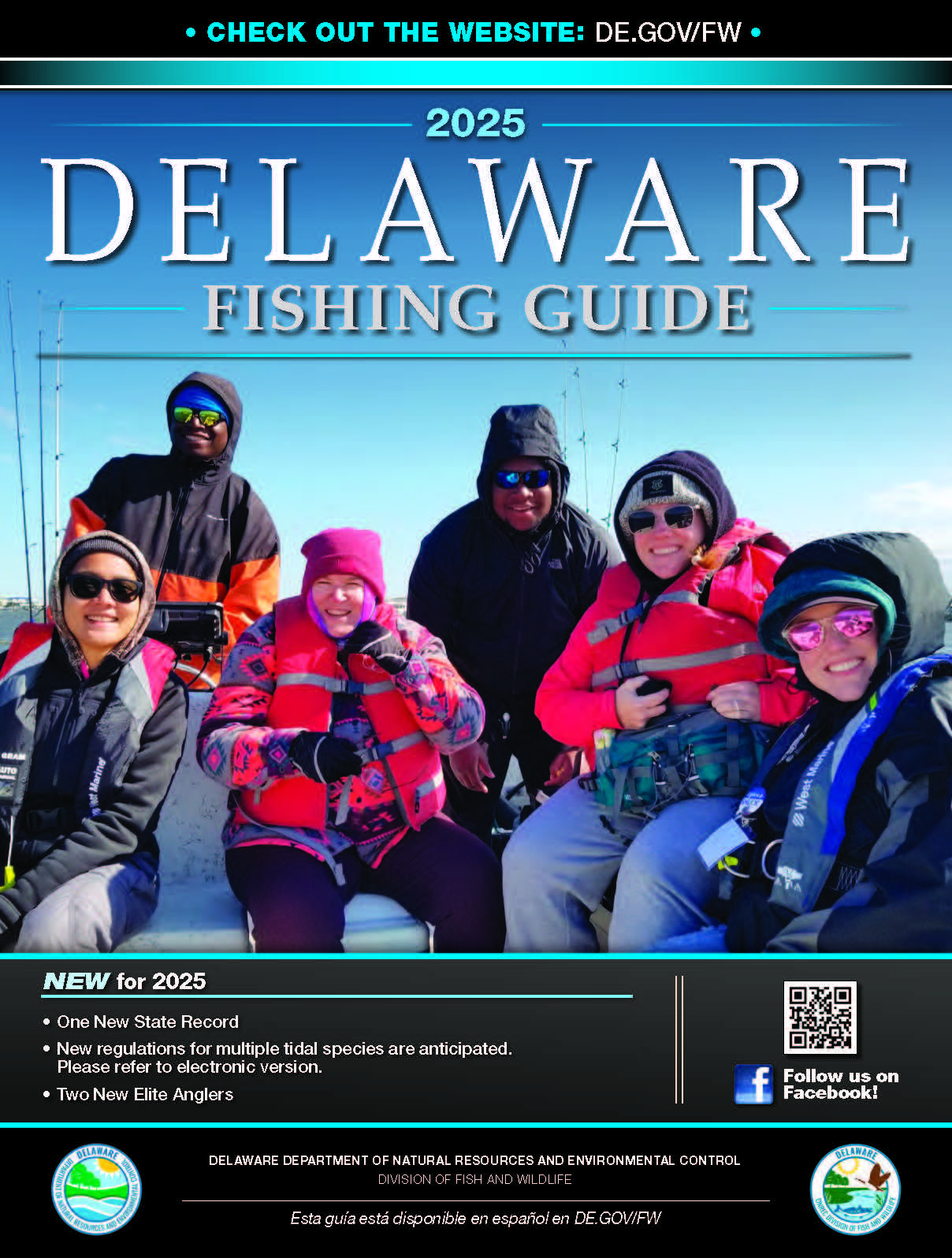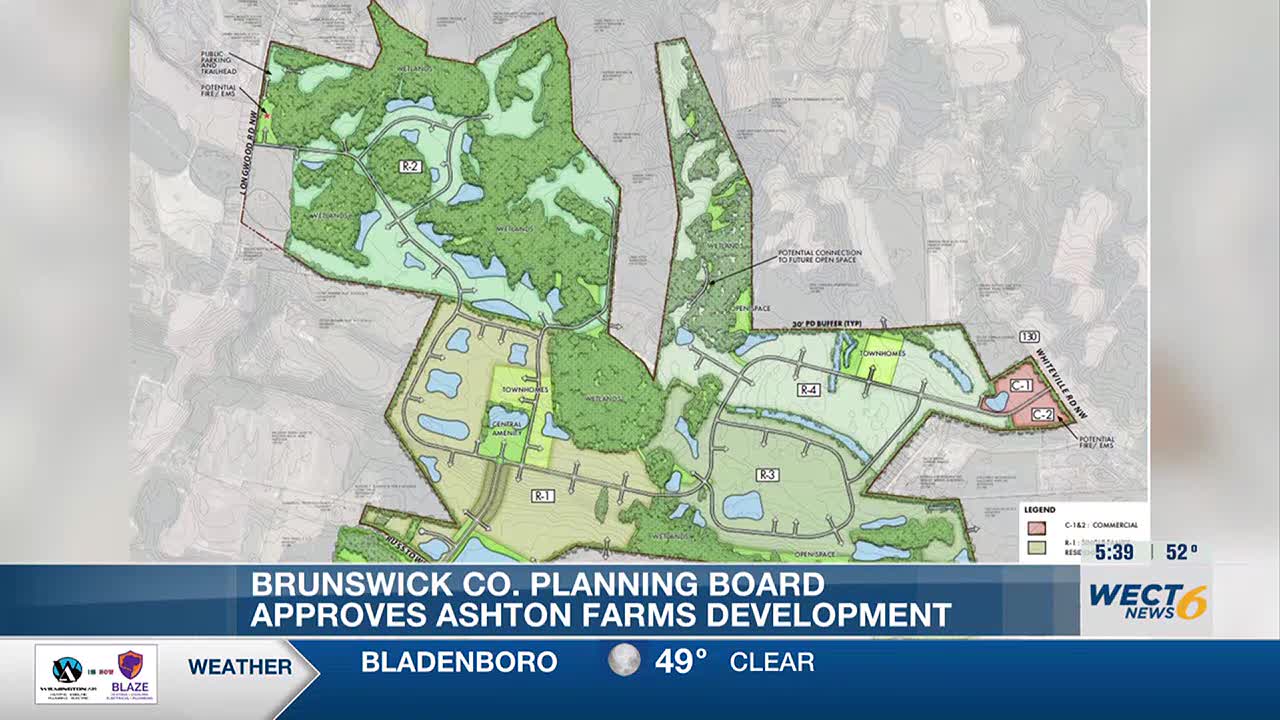Report on Capacity Building in Peruvian Fisheries and Aquaculture: H1 2025
Alignment with United Nations Sustainable Development Goals
During the first six months of 2025, Peru’s Ministry of Production (Produce), via the National Fisheries Development Fund (FONDEPES), conducted extensive training for 4,977 artisanal fishers and aquaculture farmers across 14 regions. These initiatives were strategically designed to advance key Sustainable Development Goals (SDGs) by enhancing sustainable practices, improving livelihoods, and ensuring food security.
Artisanal Fisheries Sector: Enhancing Sustainability and Decent Work
A total of 3,335 artisanal fishing agents were trained through 165 targeted activities. The curriculum placed significant emphasis on practices that support global sustainability targets.
Key Training Modules and SDG Contributions:
- SDG 14 (Life Below Water): A core module on Best Practices for the Release of Sea Turtles, Seabirds, and Other Species in Bycatch directly addresses the goal of conserving marine ecosystems by reducing fishing-related mortality of non-target species.
- SDG 12 (Responsible Consumption and Production) & SDG 2 (Zero Hunger): The course on Hygiene, Handling, and Preservation of Fishery Resources promotes responsible production patterns by reducing post-harvest losses and improves food safety, contributing to national food security.
- SDG 8 (Decent Work and Economic Growth): The MAM 010: Experienced Artisanal Fishing Deckhand Certification provides formal qualifications, fostering safer working conditions and promoting economic resilience within the fishing community.
Aquaculture Sector: Promoting Sustainable Production and Food Security
Training was provided to 1,642 aquaculture producers to strengthen technical skills and promote a more competitive and sustainable sector. The program focused on species with high nutritional and commercial value, directly impacting several SDGs.
Objectives and SDG Impact:
- Advancing SDG 2 (Zero Hunger): The initiative promotes the cultivation of trout, tilapia, Amazonian fish, and bivalve mollusks, increasing the availability of high-protein food sources and strengthening food security.
- Fostering SDG 1 (No Poverty) & SDG 8 (Economic Growth): By enhancing farming practices and production unit management, the training empowers farmers to improve their economic standing, contributing to poverty reduction and sustainable economic growth.
- Supporting SDG 14 (Life Below Water): A focus on sustainable aquaculture techniques helps mitigate environmental impacts, contributing to the conservation of freshwater and marine ecosystems.
Analysis of Sustainable Development Goals (SDGs) in the Article
1. Which SDGs are addressed or connected to the issues highlighted in the article?
The article discusses training initiatives for artisanal fishers and aquaculture farmers in Peru, which directly and indirectly connects to several Sustainable Development Goals (SDGs). The primary focus on education, sustainable practices, economic improvement, and food production links the article’s content to the following SDGs:
- SDG 2: Zero Hunger
- SDG 4: Quality Education
- SDG 8: Decent Work and Economic Growth
- SDG 12: Responsible Consumption and Production
- SDG 14: Life Below Water
2. What specific targets under those SDGs can be identified based on the article’s content?
Based on the activities described, several specific targets within the identified SDGs are addressed:
SDG 2: Zero Hunger
- Target 2.3: By 2030, double the agricultural productivity and incomes of small-scale food producers, in particular women, indigenous peoples, family farmers, pastoralists and fishers, including through secure and equal access to land, other productive resources and inputs, knowledge, financial services, markets and opportunities for value addition and non-farm employment.
Explanation: The article states that the training aims to “strengthen the technical skills of aquaculture farmers and promote the cultivation of species with high nutritional, commercial, and social value,” which directly contributes to increasing the productivity and potential income of small-scale producers like artisanal fishers and aquaculture farmers.
SDG 4: Quality Education
- Target 4.4: By 2030, substantially increase the number of youth and adults who have relevant skills, including technical and vocational skills, for employment, decent jobs and entrepreneurship.
Explanation: The core of the article is the training of 4,977 individuals. It explicitly mentions “strengthening the skills of 3,335 artisanal fishing agents” and training 1,642 aquaculture producers to “improve their farming practices and techniques,” which is a clear example of providing technical and vocational skills for employment.
SDG 8: Decent Work and Economic Growth
- Target 8.2: Achieve higher levels of economic productivity through diversification, technological upgrading and innovation, including through a focus on high-value added and labour-intensive sectors.
Explanation: The initiative aims to “promote a more sustainable and competitive aquaculture sector.” By training producers, the program helps upgrade their techniques and management, leading to higher productivity in the fishing and aquaculture sectors.
SDG 12: Responsible Consumption and Production
- Target 12.3: By 2030, halve per capita global food waste at the retail and consumer levels and reduce food losses along production and supply chains, including post-harvest losses.
Explanation: One of the main courses mentioned is “Hygiene, Handling, and Preservation of Fishery Resources,” which “improves sanitary practices in the handling of aquatic resources.” Better handling and preservation directly address the reduction of post-harvest food losses.
SDG 14: Life Below Water
- Target 14.4: By 2030, effectively regulate harvesting and end overfishing, illegal, unreported and unregulated fishing and destructive fishing practices and implement science-based management plans, in order to restore fish stocks in the shortest time feasible, at least to levels that can produce maximum sustainable yield.
Explanation: The training course on “Best Practices for the Release of Sea Turtles, Seabirds, and Other Species in Bycatch” is a direct effort to reduce destructive fishing practices and minimize the impact on marine ecosystems, contributing to the sustainable management of fisheries. - Target 14.b: Provide access for small-scale artisanal fishers to marine resources and markets.
Explanation: The entire program, led by the Ministry of Production through FONDEPES, is designed to support and strengthen the capabilities of “artisanal fishers and aquaculture farmers,” thereby empowering them and implicitly improving their access to resources and markets through enhanced skills and competitiveness.
3. Are there any indicators mentioned or implied in the article that can be used to measure progress towards the identified targets?
Yes, the article provides several quantitative and qualitative indicators that can be used to measure progress:
- Indicator for Target 4.4: The number of adults receiving technical/vocational training.
From the article: “4,977 artisanal fishers and aquaculture farmers” were trained. This is broken down into “3,335 artisanal fishing agents” and “1,642 aquaculture producers.” The article also mentions “165 training activities” were carried out. - Indicator for Target 14.4: Implementation of measures to reduce bycatch.
From the article: The existence of a specific training course titled “Best Practices for the Release of Sea Turtles, Seabirds, and Other Species in Bycatch” serves as a qualitative indicator that measures are being implemented to address the issue of bycatch. - Indicator for Target 12.3: Implementation of practices to reduce post-harvest loss.
From the article: The provision of the course “Hygiene, Handling, and Preservation of Fishery Resources” is an indicator of efforts to improve practices that reduce food loss after harvesting. - Indicator for Target 2.3 & 8.2: Focus on high-value species and improved techniques.
From the article: The initiative’s goal to “promote the cultivation of species with high nutritional, commercial, and social value, particularly Amazonian fish, trout, tilapia, and bivalve mollusks” and to “improve their farming practices and techniques” are qualitative indicators of progress towards enhancing productivity and value.
4. Table of SDGs, Targets, and Indicators
| SDGs | Targets | Indicators Identified in the Article |
|---|---|---|
| SDG 2: Zero Hunger | 2.3: Double the productivity and incomes of small-scale food producers, including fishers. | Training aimed at promoting cultivation of high nutritional and commercial value species (trout, tilapia, etc.). |
| SDG 4: Quality Education | 4.4: Increase the number of adults with relevant technical and vocational skills. | – 4,977 individuals trained (3,335 fishers, 1,642 aquaculture farmers). – 165 training activities conducted. |
| SDG 8: Decent Work and Economic Growth | 8.2: Achieve higher levels of economic productivity through technological upgrading. | Training to “improve farming practices and techniques” and promote a “more sustainable and competitive aquaculture sector.” |
| SDG 12: Responsible Consumption and Production | 12.3: Reduce food losses along production and supply chains, including post-harvest losses. | Specific training course provided: “Hygiene, Handling, and Preservation of Fishery Resources.” |
| SDG 14: Life Below Water | 14.4: End destructive fishing practices. | Specific training course provided: “Best Practices for the Release of Sea Turtles, Seabirds, and Other Species in Bycatch.” |
| 14.b: Provide access for small-scale artisanal fishers to marine resources and markets. | The entire initiative focuses on strengthening the skills and development of the artisanal fishing sector. |
Source: weareaquaculture.com



